Ongoing Projects
Ongoing Projects
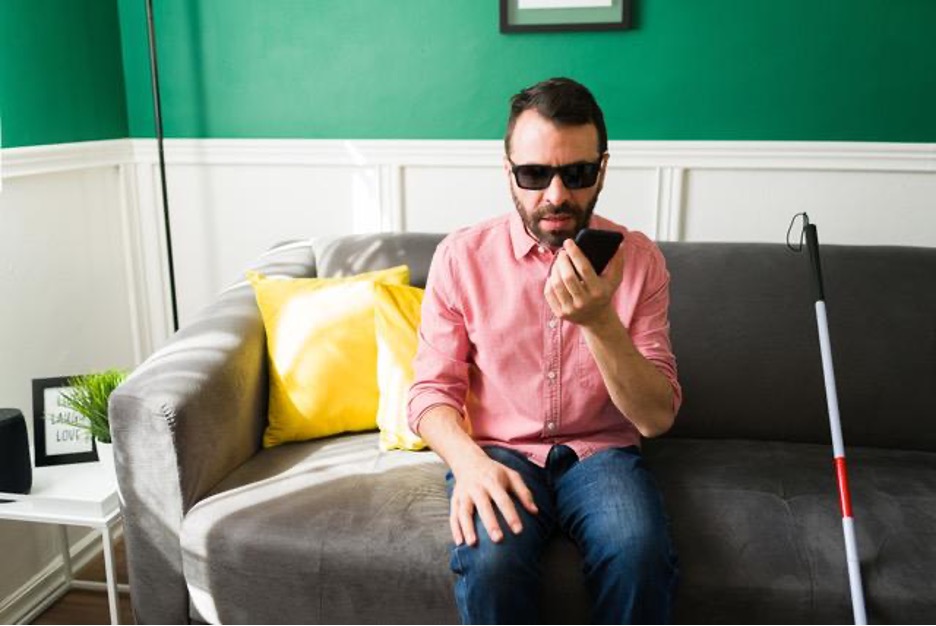
MEO4ALL
For most viewers, using Interactive Television (iTV) services doesn’t involve significant difficulties, however, for visually impaired audiences, this task becomes complex or even impossible. The MEO4ALL research project focuses on conceptualising, prototyping and validating an iTV solution that improves the experience of blind viewers, and with low vision and benefits people with low digital literacy or difficulties handling the remote control, namely through three solutions: Voice Control, Voice Over, and Contextual Assistance.

MEO4ALL
For most viewers, using Interactive Television (iTV) services doesn’t involve significant difficulties, however, for visually impaired audiences, this task becomes complex or even impossible. The MEO4ALL research project focuses on conceptualising, prototyping and validating an iTV solution that improves the experience of blind viewers, and with low vision and benefits people with low digital literacy or difficulties handling the remote control, namely through three solutions: Voice Control, Voice Over, and Contextual Assistance.
IDEA
The IDEA project aims to develop a functional prototype of a mobile application and visual interface for a bigwall display that allows the user-citizen to: calculate and visualise the impact of their environmental footprint; select measures capable of reducing or compensating for the environmental footprint; contextualise the impact of these measures on the environmental sustainability of the community; and boost environmental awareness and the adoption of more sustainable consumption behaviours.
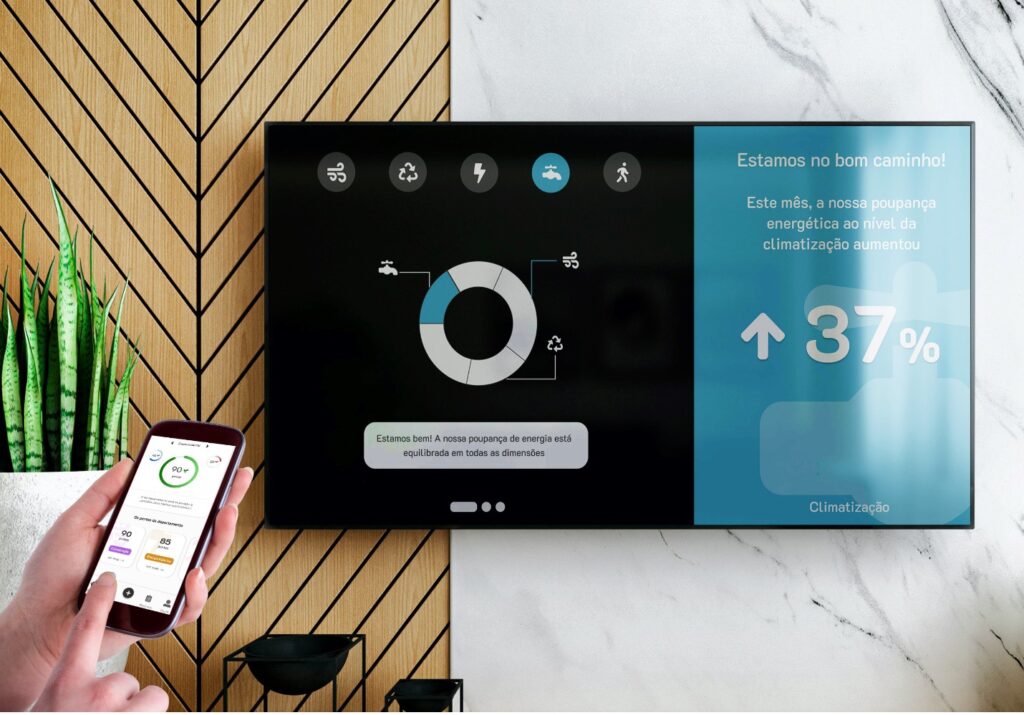
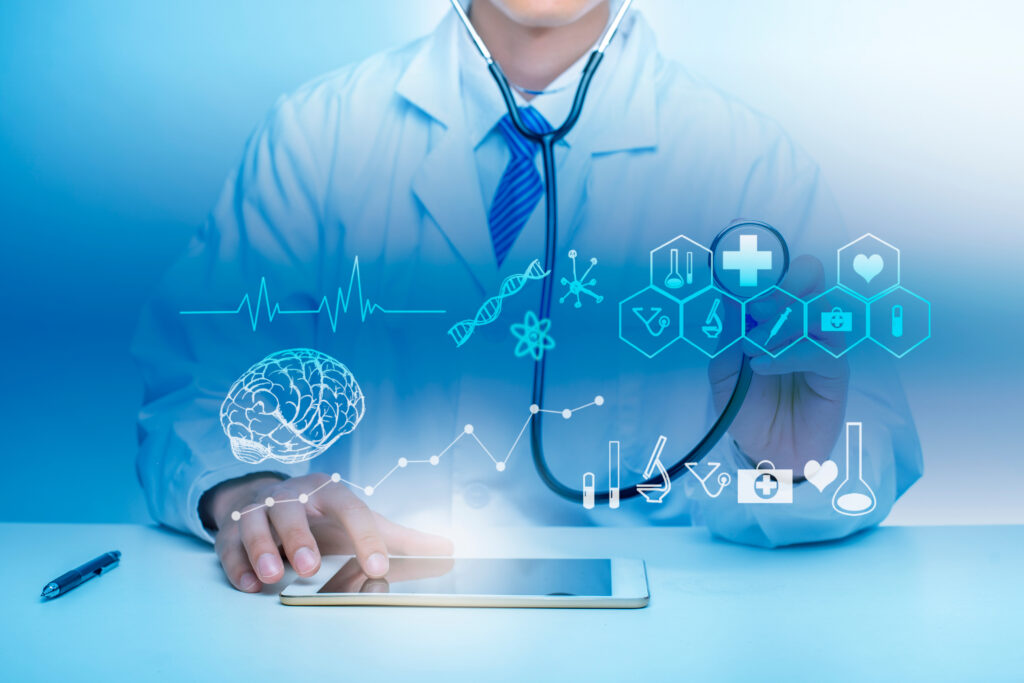
MAeP
The relationship between patient and doctor is described as one of the most important in a patient’s clinical improvement. On the other hand, accurate clinical data acquired during medical consultation is also essential, as doctors need real-time data to make the right decisions and to plan the next steps in a patient’s evaluation, diagnosis, and treatment. As doctors, we need both more time for patients and more reliable clinical data analysis, and we want to explore a digital writing environment to get both.
This Medical Application uses a voice-enabled IoT device for speech recognition that automatically fills in essential information during the medical appointment that can be used by the medical doctor as real-time decision data.
(IR Firmino Machado)
SAFER FIRE
The SAFER FIRE project will develop an advanced fire detection system using Machine Learning.
It will focus on enhancing early detection in residential and industrial environments, such as manufacturing plants and warehouses, to rapidly mitigate property damage and ensure the safety of occupants.
By integrating sensors, cameras, and powerful machine learning algorithms on single-board computers, it aims to provide real-time alerts to homeowners and authorities.
(IR Carlos Couto)
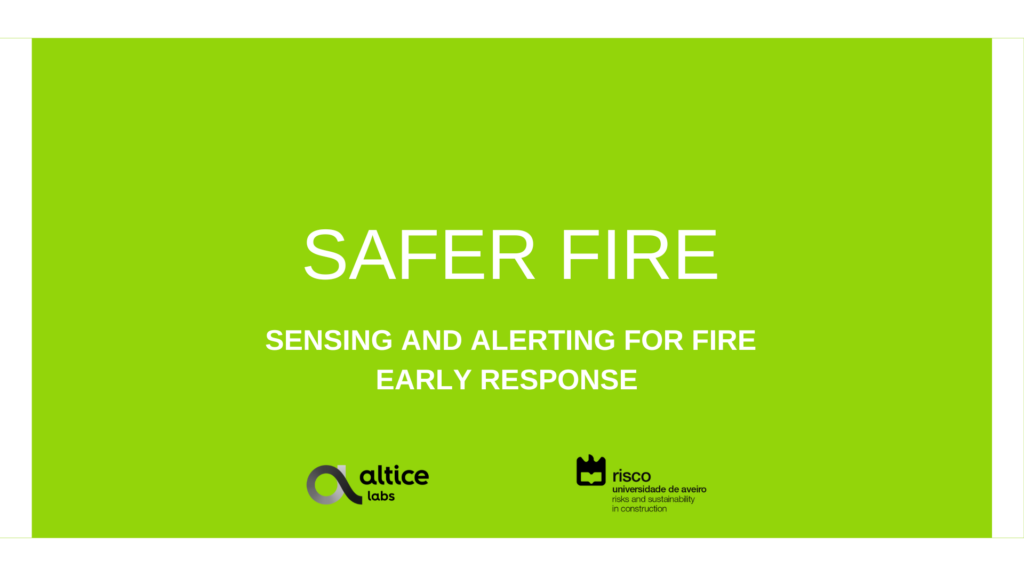
IDEA
The IDEA project aims to develop a functional prototype of a mobile application and visual interface for a bigwall display that allows the user-citizen to: calculate and visualise the impact of their environmental footprint; select measures capable of reducing or compensating for the environmental footprint; contextualise the impact of these measures on the environmental sustainability of the community; and boost environmental awareness and the adoption of more sustainable consumption behaviours.


MAeP
The relationship between patient and doctor is described as one of the most important in a patient’s clinical improvement. On the other hand, accurate clinical data acquired during medical consultation is also essential, as doctors need real-time data to make the right decisions and to plan the next steps in a patient’s evaluation, diagnosis, and treatment. As doctors, we need both more time for patients and more reliable clinical data analysis, and we want to explore a digital writing environment to get both.
This Medical Application uses a voice-enabled IoT device for speech recognition that automatically fills in essential information during the medical appointment that can be used by the medical doctor as real-time decision data.
(IR Firmino Machado)
SAFER FIRE
The SAFER FIRE project will develop an advanced fire detection system using Machine Learning.
It will focus on enhancing early detection in residential and industrial environments, such as manufacturing plants and warehouses, to rapidly mitigate property damage and ensure the safety of occupants.
By integrating sensors, cameras, and powerful machine learning algorithms on single-board computers, it aims to provide real-time alerts to homeowners and authorities.
(IR Carlos Couto)

MEO4ALL

MixMyVisit
For most viewers, using Interactive Television (iTV) services doesn’t involve significant difficulties, however, for visually impaired audiences, this task becomes complex or even impossible. The MEO4ALL research project focuses on conceptualising, prototyping and validating an iTV solution that improves the experience of blind viewers, and with low vision and benefits people with low digital literacy or difficulties handling the remote control, namely through three solutions: Voice Control, Voice Over, and Contextual Assistance.
IDEA

E-Health4workplace
The IDEA project aims to develop a functional prototype of a mobile application and visual interface for a bigwall display that allows the user-citizen to: calculate and visualise the impact of their environmental footprint; select measures capable of reducing or compensating for the environmental footprint; contextualise the impact of these measures on the environmental sustainability of the community; and boost environmental awareness and the adoption of more sustainable consumption behaviours.
MAeP

MixMyVisit
The relationship between patient and doctor is described as one of the most important in a patient’s clinical improvement. On the other hand, accurate clinical data acquired during medical consultation is also essential, as doctors need real-time data to make the right decisions and to plan the next steps in a patient’s evaluation, diagnosis, and treatment. As doctors, we need both more time for patients and more reliable clinical data analysis, and we want to explore a digital writing environment to get both.
This Medical Application uses a voice-enabled IoT device for speech recognition that automatically fills in essential information during the medical appointment that can be used by the medical doctor as real-time decision data.
(IR Firmino Machado)
SAFER FIRE

E-Health4workplace
The SAFER FIRE project will develop an advanced fire detection system using Machine Learning.
It will focus on enhancing early detection in residential and industrial environments, such as manufacturing plants and warehouses, to rapidly mitigate property damage and ensure the safety of occupants.
By integrating sensors, cameras, and powerful machine learning algorithms on single-board computers, it aims to provide real-time alerts to homeowners and authorities.
(IR Carlos Couto)
Finished Projects
Finished Projects

MixMyVisit2
The MixMyVisit2 project aimed to further its research into the automatic generation of personalized videos, enabling visitors to capture and reminisce about their experiences at public and cultural venues. This project allowed visitors to effortlessly incorporate their own recorded content, including videos and photos.Within this framework, the primary objective of the project was to advance research efforts in order to facilitate concurrent usage by various entities, all underpinned by a comprehensive backoffice for visit and content management. Simultaneously, the project sought to enhance the solution’s resilience and introduce new features, including the provision of adaptable audiovisual templates tailored to each institution’s unique requirements.
(IR Pedro Almeida)
OverTV
The OverTV project aimed to develop a system for personalized notifications within the TV ecosystem. The solution comprised a platform designed to create, plan, and oversee various types of messages that were distributed through the television set-top box (STB) and mobile devices. Given the critical importance of segmentation and timing, which varied according to individual households and user preferences, the project included a web-based management application that allowed for customizable settings and scheduling of both one-time and recurring notifications. These notifications encompassed a wide range of content, including informational updates, entertainment offerings, service notifications, as well as reminders related to calendars and health.
The innovative aspect of this solution lay in its social orientation and its ability to facilitate proximity-based interactions through the TV ecosystem, rather than merely functioning as an automated, mass notification system. The goal was to provide notification managers, who could also be end-users, family members, or caregivers, with a tool that simplified their daily lives and promoted social engagement, whether at home or while participating in local events.
(IR Telmo Silva)
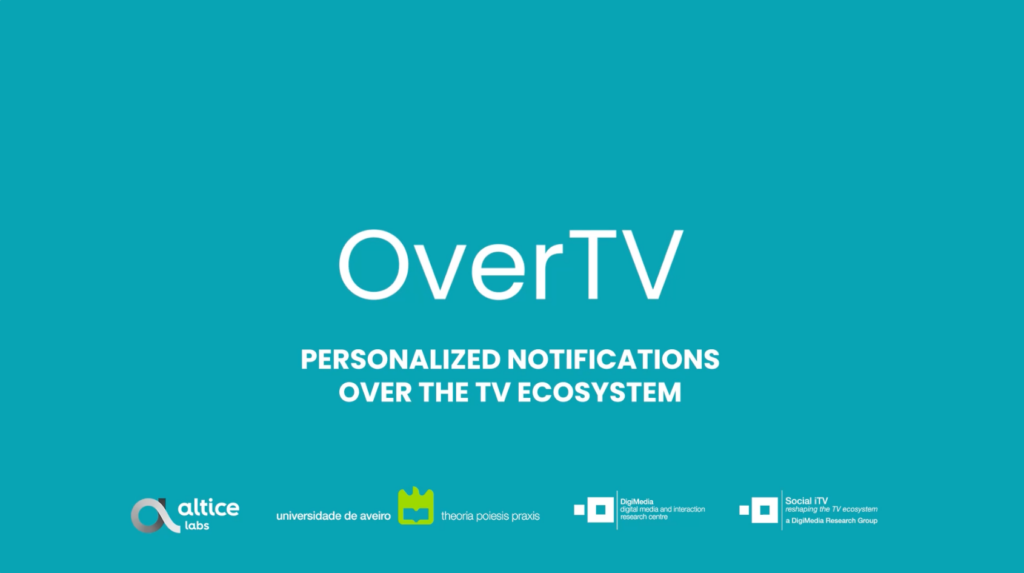
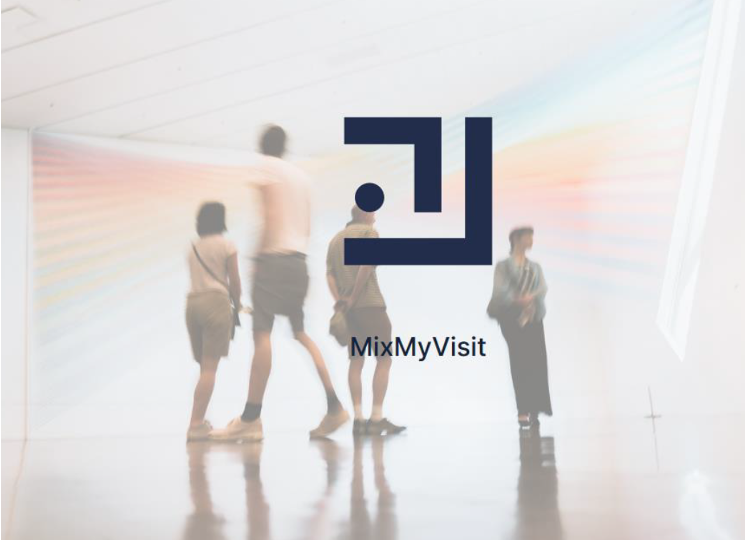
MixMyVisit
The MixMyVisit project aimed to develop a solution for the automatic generation of memory videos capturing visits to public and cultural sites, such as museums and parks. These videos were created using pre-recorded and indexed content from various locations within the given space, offering a representation of the places and routes taken by visitors. Additionally, the solution provided the capability to incorporate user-contributed content, such as photos and videos.
(IR Pedro Almeida)
E-Health4workplace
The project aimed to develop an office chair equipped with optical and electronic systems for the analysis and monitoring of physiological and environmental parameters. Furthermore, it involved the creation of a data transmission and processing system. This encompassed the design of a posture monitoring system, as well as the measurement of parameters like heart rate, respiratory rate, temperature, noise levels, and light intensity. Additionally, the chair offered interactive features for controlling comfort settings, issuing notifications for recommended rest periods or position changes, and enabling remote communication with workplace health and safety personnel.
(IR: Paulo Antunes)

MixMyVisit2
The MixMyVisit2 project aimed to further its research into the automatic generation of personalized videos, enabling visitors to capture and reminisce about their experiences at public and cultural venues. This project allowed visitors to effortlessly incorporate their own recorded content, including videos and photos.Within this framework, the primary objective of the project was to advance research efforts in order to facilitate concurrent usage by various entities, all underpinned by a comprehensive backoffice for visit and content management. Simultaneously, the project sought to enhance the solution’s resilience and introduce new features, including the provision of adaptable audiovisual templates tailored to each institution’s unique requirements.
(IR Pedro Almeida
OverTV
The OverTV project aimed to develop a system for personalized notifications within the TV ecosystem. The solution comprised a platform designed to create, plan, and oversee various types of messages that were distributed through the television set-top box (STB) and mobile devices. Given the critical importance of segmentation and timing, which varied according to individual households and user preferences, the project included a web-based management application that allowed for customizable settings and scheduling of both one-time and recurring notifications. These notifications encompassed a wide range of content, including informational updates, entertainment offerings, service notifications, as well as reminders related to calendars and health.
The innovative aspect of this solution lay in its social orientation and its ability to facilitate proximity-based interactions through the TV ecosystem, rather than merely functioning as an automated, mass notification system. The goal was to provide notification managers, who could also be end-users, family members, or caregivers, with a tool that simplified their daily lives and promoted social engagement, whether at home or while participating in local events.
(IR Telmo Silva)


MixMyVisit
The MixMyVisit project aimed to develop a solution for the automatic generation of memory videos capturing visits to public and cultural sites, such as museums and parks. These videos were created using pre-recorded and indexed content from various locations within the given space, offering a representation of the places and routes taken by visitors. Additionally, the solution provided the capability to incorporate user-contributed content, such as photos and videos.
(IR Pedro Almeida)
MixMyVisit

MixMyVisit
The MixMyVisit2 project aimed to further its research into the automatic generation of personalized videos, enabling visitors to capture and reminisce about their experiences at public and cultural venues. This project allowed visitors to effortlessly incorporate their own recorded content, including videos and photos.Within this framework, the primary objective of the project was to advance research efforts in order to facilitate concurrent usage by various entities, all underpinned by a comprehensive backoffice for visit and content management. Simultaneously, the project sought to enhance the solution’s resilience and introduce new features, including the provision of adaptable audiovisual templates tailored to each institution’s unique requirements.
(IR Pedro Almeida
OverTV

E-Health4workplace
The OverTV project aimed to develop a system for personalized notifications within the TV ecosystem. The solution comprised a platform designed to create, plan, and oversee various types of messages that were distributed through the television set-top box (STB) and mobile devices. Given the critical importance of segmentation and timing, which varied according to individual households and user preferences, the project included a web-based management application that allowed for customizable settings and scheduling of both one-time and recurring notifications. These notifications encompassed a wide range of content, including informational updates, entertainment offerings, service notifications, as well as reminders related to calendars and health.
The innovative aspect of this solution lay in its social orientation and its ability to facilitate proximity-based interactions through the TV ecosystem, rather than merely functioning as an automated, mass notification system. The goal was to provide notification managers, who could also be end-users, family members, or caregivers, with a tool that simplified their daily lives and promoted social engagement, whether at home or while participating in local events.
(IR Telmo Silva)
MixMyVisit

MixMyVisit
The MixMyVisit project aimed to develop a solution for the automatic generation of memory videos capturing visits to public and cultural sites, such as museums and parks. These videos were created using pre-recorded and indexed content from various locations within the given space, offering a representation of the places and routes taken by visitors. Additionally, the solution provided the capability to incorporate user-contributed content, such as photos and videos.
(IR Pedro Almeida)
E-Health4workplace
E-Health4workplace
The project aimed to develop an office chair equipped with optical and electronic systems for the analysis and monitoring of physiological and environmental parameters. Furthermore, it involved the creation of a data transmission and processing system. This encompassed the design of a posture monitoring system, as well as the measurement of parameters like heart rate, respiratory rate, temperature, noise levels, and light intensity. Additionally, the chair offered interactive features for controlling comfort settings, issuing notifications for recommended rest periods or position changes, and enabling remote communication with workplace health and safety personnel.
(IR: Paulo Antunes)
E-Health4workplace
The project aimed to develop an office chair equipped with optical and electronic systems for the analysis and monitoring of physiological and environmental parameters. Furthermore, it involved the creation of a data transmission and processing system. This encompassed the design of a posture monitoring system, as well as the measurement of parameters like heart rate, respiratory rate, temperature, noise levels, and light intensity. Additionally, the chair offered interactive features for controlling comfort settings, issuing notifications for recommended rest periods or position changes, and enabling remote communication with workplace health and safety personnel.
(IR: Paulo Antunes)
Smartly
The solution developed within the project aimed to notify users of potential benefits related to the content they were watching on their TV. These notifications were sent to the mobile device connected to the Box that was tuned to the specific content. For instance, consider a scenario where a user was watching an advertisement for a particular supermarket. If the user had their mobile device linked to the same Box displaying the content, they would receive a notification offering them a discount on a specific product, for example. Upon opening the detailed notification, the user would gain access to a coupon that they could utilize at the supermarket to enjoy the offered benefit.
(IR Telmo Silva)
Smartly
The solution developed within the project aimed to notify users of potential benefits related to the content they were watching on their TV. These notifications were sent to the mobile device connected to the Box that was tuned to the specific content. For instance, consider a scenario where a user was watching an advertisement for a particular supermarket. If the user had their mobile device linked to the same Box displaying the content, they would receive a notification offering them a discount on a specific product, for example. Upon opening the detailed notification, the user would gain access to a coupon that they could utilize at the supermarket to enjoy the offered benefit.
(IR Telmo Silva)
+VoluntAge 4Seniors
Lorem ipsum dolor sit amet, consectetur adipiscing elit, sed do eiusmod tempor incididunt ut labore et dolore magna aliqua. Ut enim ad minim veniam, quis nostrud exercitation ullamco laboris nisi ut aliquip ex ea commodo consequat. Duis aute irure dolor in reprehenderit in voluptate velit esse cillum dolore eu fugiat nulla pariatur. Excepteur sint occaecat cupidatat non proident, sunt in culpa qui officia deserunt mollit anim id est laborum.
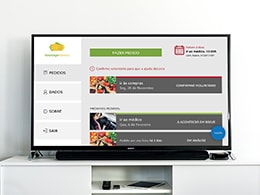
Smartly
Smartly
The solution developed within the project aimed to notify users of potential benefits related to the content they were watching on their TV. These notifications were sent to the mobile device connected to the Box that was tuned to the specific content. For instance, consider a scenario where a user was watching an advertisement for a particular supermarket. If the user had their mobile device linked to the same Box displaying the content, they would receive a notification offering them a discount on a specific product, for example. Upon opening the detailed notification, the user would gain access to a coupon that they could utilize at the supermarket to enjoy the offered benefit.
(IR Telmo Silva)
+VoluntAge 4Seniors
Lorem ipsum dolor sit amet, consectetur adipiscing elit, sed do eiusmod tempor incididunt ut labore et dolore magna aliqua. Ut enim ad minim veniam, quis nostrud exercitation ullamco laboris nisi ut aliquip ex ea commodo consequat. Duis aute irure dolor in reprehenderit in voluptate velit esse cillum dolore eu fugiat nulla pariatur. Excepteur sint occaecat cupidatat non proident, sunt in culpa qui officia deserunt mollit anim id est laborum.

Personal Objects as Tangible Interfaces (POTI)
Personal Objects as Tangible Interfaces (POTI) was a technology designed to transform ordinary objects and everyday actions into interfaces for the digital world. At the core of the POTI technology were compact electronic tags equipped with motion, sound, and light sensors. When integrated into everyday objects, these tags had the ability to identify the gestures made by users when they interacted with these objects in their daily routines. Users could configure these tags via a straightforward smartphone application, utilizing WIFI connectivity.
(IR Mário Vairinhos)
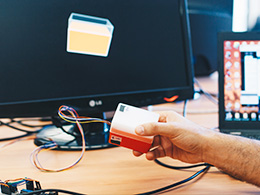
Personal Objects as Tangible Interfaces (POTI)
Personal Objects as Tangible Interfaces (POTI)

Personal Objects as Tangible Interfaces (POTI) was a technology designed to transform ordinary objects and everyday actions into interfaces for the digital world. At the core of the POTI technology were compact electronic tags equipped with motion, sound, and light sensors. When integrated into everyday objects, these tags had the ability to identify the gestures made by users when they interacted with these objects in their daily routines. Users could configure these tags via a straightforward smartphone application, utilizing WIFI connectivity.
(IR Mário Vairinhos)
Personal Objects as Tangible Interfaces (POTI)
Personal Objects as Tangible Interfaces (POTI) was a technology designed to transform ordinary objects and everyday actions into interfaces for the digital world. At the core of the POTI technology were compact electronic tags equipped with motion, sound, and light sensors. When integrated into everyday objects, these tags had the ability to identify the gestures made by users when they interacted with these objects in their daily routines. Users could configure these tags via a straightforward smartphone application, utilizing WIFI connectivity.
(IR Mário Vairinhos)

+VoluntAge 4Seniors
In this project, a web platform was developed that was directed to organizations that provide volunteer services, as well as to their volunteers. It also allows the management of requests made on TV, in the VoluntAge4Seniors application.
(IR Rita Santos)
+VoluntAge 4Seniors
In this project, a web platform was developed that was directed to organizations that provide volunteer services, as well as to their volunteers. It also allows the management of requests made on TV, in the VoluntAge4Seniors application.
(IR Rita Santos)
VoluntAge 4Seniors
This project involved the development of a television application designed to enable elderly individuals to easily and swiftly request assistance from a group of volunteers for various tasks, including minor household repairs or accompanying them to medical appointments.
The application, which was developed, was intended to facilitate specific actions, such as requesting assistance from a volunteer, using voice commands as well.
(IR Rita Santos)
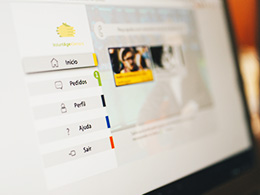

VoluntAge 4Seniors
This project involved the development of a television application designed to enable elderly individuals to easily and swiftly request assistance from a group of volunteers for various tasks, including minor household repairs or accompanying them to medical appointments.
The application, which was developed, was intended to facilitate specific actions, such as requesting assistance from a volunteer, using voice commands as well.
(IR Rita Santos)
+VoluntAge 4Seniors
VoluntAge 4Seniors
In this project, a web platform was developed that was directed to organizations that provide volunteer services, as well as to their volunteers. It also allows the management of requests made on TV, in the VoluntAge4Seniors application.
(IR Rita Santos)
VoluntAge 4Seniors

VoluntAge 4Seniors
This project involved the development of a television application designed to enable elderly individuals to easily and swiftly request assistance from a group of volunteers for various tasks, including minor household repairs or accompanying them to medical appointments.
The application, which was developed, was intended to facilitate specific actions, such as requesting assistance from a volunteer, using voice commands as well.
(IR Rita Santos)


